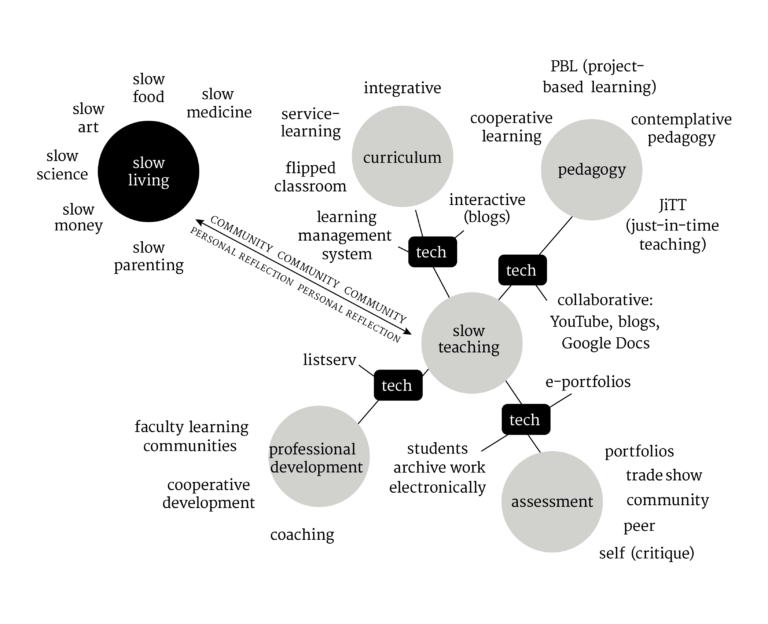Encourage your students to step into the zone
Today’s teachers face a critical challenge in deciding when and how to make use of technology in their classroom, whether they are supplementing a classroom experience or leading a flipped, hybrid, or fully online course. UAF CTL’s team of instructional designers exists to help with this (https://ctl.uaf.edu/events/), but each of us is always our own design staff. Development psychologist Lev Vygotsky’s concept of the Zone of Proximal Development (ZPD)–and “scaffolding,’ its commonly known, more limited descendant–provides one framework for making decisions about when, and when not, to use technology.
Vygotsky implicitly recognized that learning is a social phenomenon, defining the ZPD as “the distance between the actual developmental level as determined by independent problem solving and the level of potential development as determined through problem-solving under adult guidance, or in collaboration with more capable peers.” [1] In other words, delineating between what a learner:
- can learn and do independently (knowns)
- can learn with a teacher and/or peers (the ZPD; known unknowns)
- isn’t ready to learn yet (unknown unknowns)

What Does This Have to do With Technology?
Having students operate in the ZPD is a good thing, situating them–and you–in a learning “sweet spot.’ Books have been written about the ZPD and where it fits pedagogically with everything from the classic Bloom’s Taxonomy to personalized learning. Consider two aspects related specifically to educational technology and Vygotsky’s original theory.
Expanding the Peer Group
In Vygotsky’s day, the peer group (learning community) was largely limited to the face-to-face classroom and synchronous activities. Now, technology can help expand the composition of your learning communities and provide new methods for those groups to connect, collaborate, and co-create. Students in your class can learn from, and work with, students in other classes here at UAF or elsewhere. Your learning activities can encourage them to use technology to connect to student and study groups, “pro-sumers,’ professionals, and professional organizations. You can promote technologies including collaborative documents, personal publishing, and multimedia tools to encourage students to learn from, and create with, one another. Even if your goal is to create a community limited to enrolled students, those same methods can facilitate more–and more consistent–student engagement outside of the classroom.
Considering the Opportunity Cost
A potential downside of technology is the cognitive cost of learning and using the technology itself. I prefer students in the ZPD as often as possible as part of the directed learning activities and as little as possible because of the demands of the technology itself. Unless learning a technology is part of the course learning outcomes, I tend to let students choose the technology that suits them and focus on their products rather than the path taken to make them. If the goal is to collaborate on a presentation, I prefer they are challenged by the content and don’t worry about whether they are using PowerPoint, Prezi, or a digital storytelling tool. Strangely, the exact opposite approach might work too: prescribing particularly common–and institutionally supported–technologies. Using the ZPD is an approach, not a prescription!
Need help with ideas on how to use technology in support of your students working in the zone? Connect with UAF CTL in person or virtually via an Open Lab.
References and Resources
Moll, L. C. (1992). Vygotsky and education: Instructional implications and applications of sociohistorical psychology. Cambridge MA: Cambridge University Press.
Vygotsky, L. S. (1978). Mind in society: The development of higher psychological processes. Cambridge, MA: Harvard University Press.

Chris Lott
Former Design Team Manager




[…] Image Source: University of Alaska […]